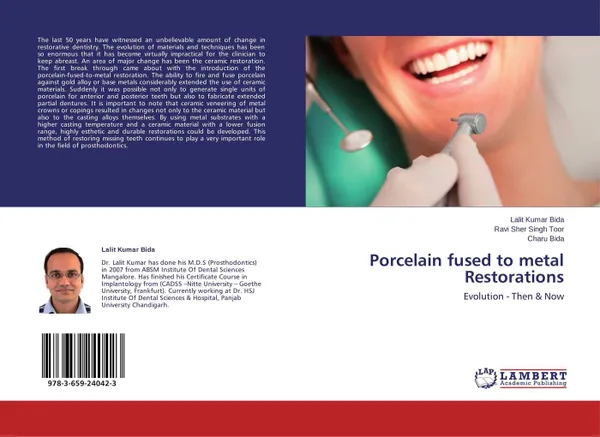Porcelain fused to metal Restorations
2014
96 страниц
Категория: Литература на иностранных языках
Язык: Английский
Тираж: 500
📘 The last 50 years have witnessed an unbelievable amount of change in restorative dentistry. The evolution of materials and techniques has been so enormous that it has become virtually impractical for the clinician to keep abreast. An area of major change has been the ceramic restoration. The first break through came about with the introduction of the porcelain-fused-to-metal restoration. The ability to fire and fuse porcelain against gold alloy or base metals considerably extended the use of ceramic materials. Suddenly it was possible not only to generate single units of porcelain for anterior and posterior teeth but also to fabricate extended partial dentures. It is important to note that ceramic veneering of metal crowns or copings resulted in changes not only to the ceramic material but also to the casting alloys themselves. By using metal substrates with a higher casting temperature and a ceramic material with a lower fusion range, highly esthetic and durable restorations could be developed. This method of restoring missing teeth continues to play a very important role in the field of prosthodontics.
Мнения
